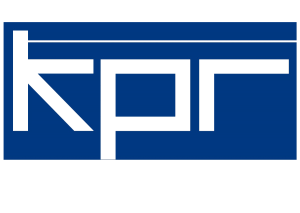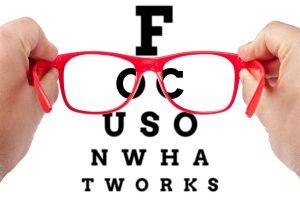Here’s how to create greater ownership in the future of work.
Companies today have a huge challenge, and it’s not just figuring out how to get their employees vaccinated. When work moved from your headquarters into your house, the ability to control the work environment (and, by extension, your productivity) became uncertain.
How can employees and teams remain productive in the middle of epic distractions and productivity-robbing interruptions? In a world where we are bombarded by 500 Million Tweets every day, Tik Tok has 1 billion active monthly users, and the toddler just walked into an executive meeting, (on camera) during your last Zoom call, minimizing distraction is the key to productivity.
Here are three ways that company leaders can minimize interference – and how you can find some clarity in the middle of chaos:
- What Leaders Cannot Dictate, but Every Business Needs:
Micro-managers lost their minds when the pandemic hit. Maybe your company is still counting keystrokes and blocking certain websites from your laptop computer. But “I Spy” management is not a long-term strategy – especially as nearly 96% of workers are interested in some form of remote work in the future (according to this survey from FlexJobs). So, how can leaders minimize distractions and maximize productivity for the folks they can’t see? The short answer is; they can’t.
What leaders need isn’t a new employee handbook. It’s a deeper understanding of distributed ownership. Because, without ownership, a remote workforce will be distracted, disengaged and deeply de-energized – wondering how to balance home life, kids’ commitments, vaccination schedules and more. Why would leaders try to dictate what team members need to control? Employees have to take on what managers can’t: owning their time, their distractions and their environment. How is your organization distributing ownership, during this pandemic? What training or outside consulting has been engaged, so that every remote employee understands how to build their own “personal production facility” for remote work? How has your organization invested in the new office (that’s the one inside your team members’ homes)?
That ownership distribution – and a deeper understanding of every employee’s responsibility around distractions – is the key to the future of work. Frustrated micromanagers try desperately to control and monitor the online environment, engaging in a wasteful and expensive exercise in misunderstanding. Create a mutual vision of what ownership really means, and empower your employees to manage for themselves what the organization no longer can. And if you’re working remotely, step up: what is it that you can own, around your time, your distractions, and your workspace? It’s time to design your world from a place of ownership, not dictation.
– Break Free from Expectations:
In order to distribute ownership effectively, that initiative can’t come from the top down. An edict or directive is incomplete, because of several factors. First, the misunderstanding that one size fits all. When it comes to leading a remote team, flexibility is king.
The point is: dictating what works in one home office may or may not make sense for another. But here’s what does: co-creating an agreement that busts through expectations like those pipes in my ceiling. Leaders need to look in the direction of outcomes, while employees look in the direction of ownership. Flexibility happens around a give and take conversation. Mutual agreement eliminates unspoken expectations – or a “your situation must be just like everyone else’s” misunderstanding.
– You Are Not the Model:
Leaders have to understand that the way they attack their day-to-day can be very different than what their team members need to do. Diversity is the viewpoint here: everyone’s situation is different, in a working from home model. Some leaders may want (and even invite) distraction, interruption and reaction, while some team members need reflection and freedom from intrusion.
As you can see, it depends on the nature of the work, and the desired outcomes. But no matter what results you want; the rigid models of the past must change. Leaders must consider this vital question around the future of work: “What is it that makes the most sense, right now?” That’s according to Professor Cal Newport in his book, Deep Work. Newport proposes that anyone interested in highly focused productivity – the “deep work” of the title – must be deliberate about designing their day.
It’s not just a message of time management – it’s a message around what matters. In the future of work, old models will require a refresh. But why wait to get better at this? Training and outside resources, from insightful thought leaders, can increase understanding around productivity. That productivity, in terms of the future of work, lives inside a distributed ownership model. How do you design the future of work, on an employee-by-employee basis? The answer has two parts: deliberately, and also, one conversation at a time.
Business is a process. The shift of the pandemic has created a change inside of the way work gets done. Smart organizations can engage coaches and consultants to help everyone understand what they haven’t had to grasp before: namely, how to design work so that distractions are minimized, productivity is optimized and ownership is legitimized. The future of work will be built by those who design it. Don’t wait to take on the responsibility. Get the agreement you need, with input from every team member, so that you co-create greater productivity. And greater results.



